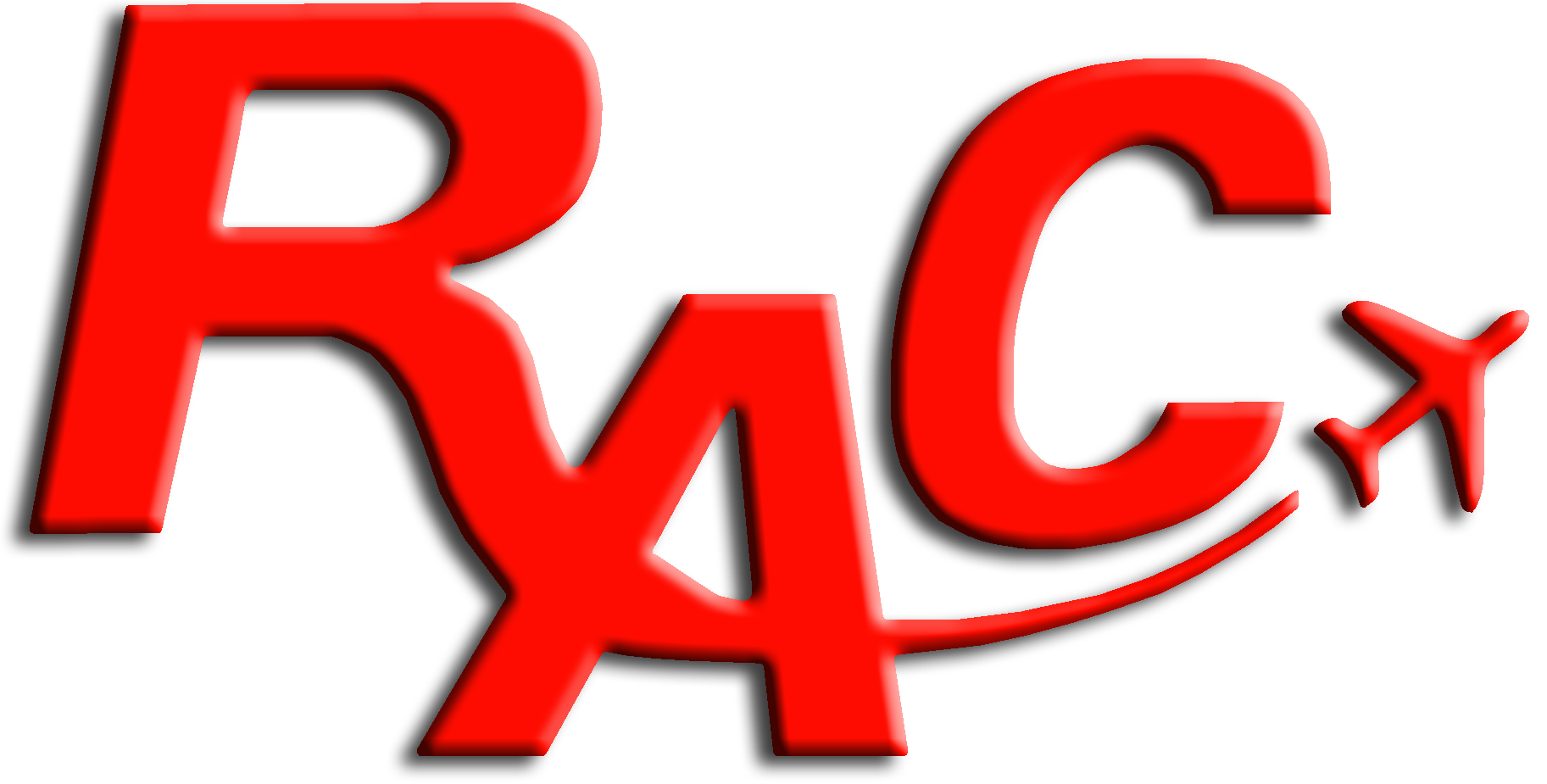Private Pilot
When an airplane passes overhead, do you ever look up and wonder what it would be like to be sitting in the front seat at the controls? Do you think it would be amazing to fly yourself to Martha’s Vineyard or Nantucket for a weekend getaway? Maybe you want to take a couple of friends for a sunset flight over the Finger Lakes or Niagara Falls. It all begins with training to become a private pilot.
In general, private pilots can fly for personal travel or as a hobby. Some people use an aircraft in support of business or professional interests. Private pilots can fly to company meetings to cut down on travel time or take a trip to visit family and friends.
The private pilot certificate allows you to command certain general aviation aircraft for non-commercial purposes. A private pilot may carry passengers; however, a private pilot may not be compensated for services as a pilot. Passengers who have a common purpose for the flight are allowed to pay a “pro-rata” share of flight expenses, such as fuel or rental costs. In nearly all cases, flying for compensation requires additional certification as a commercial pilot.
What can I do as a Private Pilot?
With a private pilot certificate, you can fly for personal travel, essentially anywhere in the United States. International flights may be also permitted, subject to approvals and restrictions. A private pilot certificate is the minimum requirement for continuing to more advanced training for other endorsements and ratings.
Upon completion of your private pilot certificate, Rochester Air Center can guide you in progressing toward further aviation goals, including checkouts in aircraft with computerized avionics, high-performance aircraft, endorsement for tailwheel or complex aircraft, completing your seaplane rating, or Cirrus transition training. We have a very diverse and well-equipped fleet of aircraft to be utilized for advanced training as well as personal rental.
What is involved in Private Pilot training?
Private pilot training involves two main components – ground school (book knowledge) training and flight training in an airplane.
Ground school can be completed in either a formal classroom setting or through a self-paced home study course. Some of the topics covered during ground school include federal aviation regulations, aircraft systems, navigation, aerodynamics, weather theory, and radio communications. Click here to visit our ground school page for more information and upcoming class dates.
Flight training is structured to teach specific processes and maneuvers necessary to act as Pilot-in-Command (PIC) of an aircraft. This training is conducted with the one-on-one mentorship of a Certified Flight Instructor (CFI). With the guidance of your CFI, both on the ground and in the air, you will learn to apply the knowledge you have gained through ground school and become Pilot-in-Command of every aspect of flight. Through this process, you will learn to apply sound judgment and make proper aeronautical decisions. You will focus on how to conduct a pre-flight inspection of the mechanical condition of the airplane and a self-assessment of your own fitness to fly. You will obtain and interpret weather data relevant to each flight and ensure the airplane is within weight-and-balance parameters. You and your CFI will conduct pre-flight and post-flight briefings to discuss training topics, your own performance throughout the flight, and the completion progress of each lesson.
Together, ground and flight training will prepare you to complete written and practical tests, and moreover to act as a safe and responsible pilot. Private pilot certification is achieved upon successful completion of both the written and practical examinations.
Is flight training safe?
Many pilots will tell you they believe the most dangerous part of any flight is the drive to the airport. Statistics show that student pilots have some of the lowest accident rates in aviation. However, just as with driving a car, taking flight in an airplane can involve an elevated degree of risk. Also, like driving, with proper training and experience the risks in flying can be mitigated. At Rochester Air Center, we strongly emphasize both teaching and practicing the highest standards of aviation safety. Our aircraft are well equipped and maintained. Our top-notch instructors are highly qualified, and our training methods are centered on helping you learn to become a proficient, capable, and safety-focused pilot.
What kind of aircraft will I be flying?
Most primary flight training will be conducted in a Cessna 172 Skyhawk. The Cessna Skyhawk is the most popular single-engine aircraft ever built. It is ideally suited for flight training and perfectly designed to help you master the skills needed to become a private pilot. Our diverse fleet of Skyhawks is equipped with various options from basic analog flight instruments through more advanced Garmin computerized avionics. Rochester Air Center has a variety of aircraft to suit your purpose and budget.
How long will it take?
Completion time is highly individualized. Training regularly and studying at home can substantially shorten both the amount of time in the air, and time working with an instructor on the ground. If you can consistently fly two or three times per week, you will likely be prepared for a practical flight test in about six months.
How much will it cost?
Overall cost will vary. It is dependent on the individual student pilot, to a great degree. The FAA minimum flight training time requirement for the private pilot certificate is 40 hours. The national average is closer to 60-80 hours. If you can fly regularly, and you make a strong commitment to studying and preparation, you can decrease overall training time. If you can complete the syllabus in the minimum time specified by the FAA, the cost will be less. Costs for private pilot training include:
What else should I know?
To begin you will need:
Prior to your first solo flight, you will need to:
Before your final flight test you will need to:
